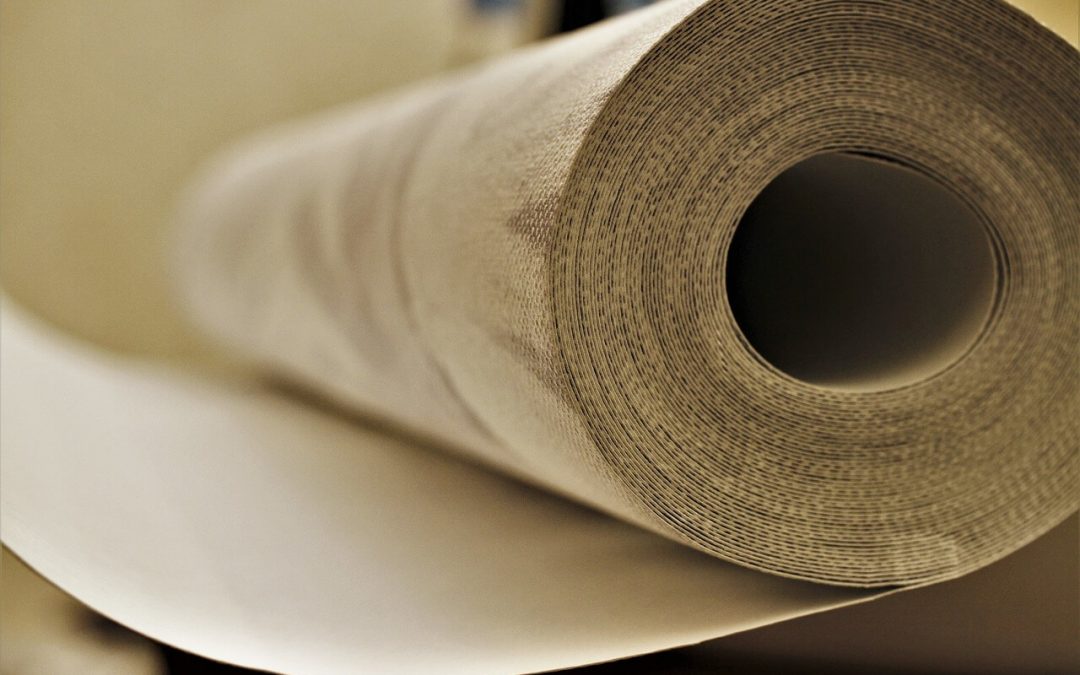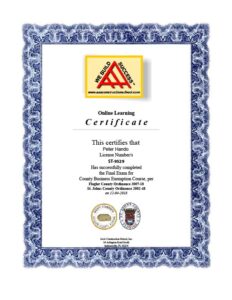Calculating the amount of wallpaper is not a complicated task.
Calculating the amount of wallpaper is also not a complicated task. If you have the room’s perimeter, it’s quite straightforward. For a standard room with a ceiling height ranging from 265 cm to 280 cm, you’ll need 1.5 meters of wallpaper per roll. In other words, the standard wallpaper width is 53 cm, but let’s round it down to 50 cm. Each roll is 10 meters long.
This means that, under normal circumstances, you can use three full strips from one roll, covering 1.5 square meters of wall surface when placed side by side. So, if you multiply the room’s perimeter by 2.6, you’ll get the number of strips needed. If you divide this by 3, you’ll obtain the required number of rolls.
How much wallpaper do i need for a 12×12 room?
Number of wallpaper rolls = ((room perimeter x room height) / 5 (rounded area of one wallpaper roll, e.g., 10.05 m x 0.53 m)) x 1.1
If the room size is 12 m x 12 m: We estimate you’ll need 125 rolls of wallpaper to cover 576 square meters of wall.
Here’s how we calculate the required number of rolls: The room measures 48 meters around (12 x 4). When multiplied by 2.6, this gives us 124.8, which is the number of strips needed. If we divide this by 3, or by the length of one roll, we obtain the required number of rolls. This means that for this room, you’ll need 41-42 rolls of wallpaper.
I mention this because it’s possible that 41 rolls may be sufficient since I’ve included the window and door in the wall surface area calculation, which are areas that won’t be wallpapered.
Feel free to give me a call! I’ll do an in-person survey and give you a customized quote! Call now: 1(904)217-9681
Types of wallpaper
Wallpapering offers several advantages over painting, especially when you consider the various patterns, styles, or surface quality. There is also a wide variety of materials available for wallpapers, so it’s essential to know how to apply wallpapers of different materials to the wall. Below, we’ve compiled the different types of wallpapers you might encounter when you go shopping. Since the selection is quite extensive, it’s a good idea to prepare a bit before you head out or start browsing online.
Paper-based wallpaper
Currently, paper wallpaper and its various variations are one of the most popular and frequently used types of wallpaper, likely due to their affordability. Another significant advantage of paper wallpapers is that they allow the walls to breathe adequately. However, they are not dimensionally stable, making them a bit more challenging to work with.
When choosing wallpaper, an essential consideration can be its paintability and cleanability.
Paper wallpapers can generally be wiped with a damp cloth, but they are not waterproof, so you shouldn’t wash them. They are less resistant to wear and tear compared to other materials. On the market, you can find paper wallpapers made from flat, embossed, or crushed paper, single or multi-layer versions, and both smooth or textured variations.
Paper wallpapers are categorized based on their weight into three categories:
- Lightweight paper wallpapers: 75 – 100 g/m²
- Medium-weight paper wallpapers: 80 – 130 g/m²
- Heavy paper wallpapers: 130 – 180 g/m²
Feel free to give me a call! I’ll do an in-person survey and give you a customized quote! Call now: 1(904)217-9681
Heathered wool wallpaper
Heated wool wallpaper, also known as cotton-fiber or wool-fiber wallpaper, is made by mixing cotton fibers and binders with polymers. Unlike most wallpapers, this type does not have a paper backing; its carrier is a non-woven textile. It is available in various printed patterns and embossed textures, such as fabric or herringbone imitations.
This type of wallpaper is the most modern and comes with numerous advantages. Just to name a few, it is highly abrasion-resistant and durable, strong, and flexible. It’s waterproof, making it easy to clean and wash. Typically, it can be painted as well. While it provides a slight thermal insulation effect, it allows the walls to breathe.
In addition to being environmentally friendly, it is effortless to handle and can even be applied by DIY enthusiasts. It is dimensionally stable, so the adhesive should be applied directly to the wall rather than the wallpaper. Moreover, this type of wallpaper can be easily removed from the wall when dry, making wallpaper removal hassle-free and greatly facilitating potential renovation work.
Multicolor tip: If you want to install the wallpaper yourself, this type of wallpaper is the best choice due to its ease of handling.
Vinyl wallpaper
Vinyl wallpaper is made from plastic and can have a paper-based backing as well. The method of application is determined by this backing; in the case of a paper backing, it should be applied to the wall similarly to paper wallpapers, but this type is dimensionally stable.
It is highly durable and entirely waterproof, allowing it to be confidently washed and even scrubbed for cleaning. It does not fade or tear, which is why it is often used for covering bathrooms, kitchens, and entryways.
Feel free to give me a call! I’ll do an in-person survey and give you a customized quote! Call now: 1(904)217-9681
Liner wallpaper
These high-strength, robust wallpapers made from glass fiber threads have been gaining popularity in recent times, despite not being a budget-friendly choice. They are easy to clean, washable, dimensionally and color-stable. This type of wallpaper is extremely durable and impact-resistant, with a potential lifespan that can extend to several decades. It is also versatile since it can be painted.
During manufacturing, fine glass fibers are spun into various thickness threads using a special technology, which are then transformed into various weaves. This material is non-flammable and resistant to corrosion and chemicals. Glass fiber wallpapers can be an excellent choice for long-term covering of old, cracked plastered spaces or areas subjected to high wear and tear, such as entryways.
Special and Unique Wallpapers
Of course, in addition to the types mentioned above, you can come across numerous other types of wallpapers. Wallpapers can be made from a wide variety of materials, including options like reed, velvet, fabric, cork, velvet, bamboo, synthetic leather, and those with metallic elements.
You can also find special liquid wallpaper, 3D wallpaper, and the increasingly popular digitally printed custom design wallpapers in the selection.
What is the most popular type of wallpaper?
Vinyl wallpaper is paintable, washable, flexible, dimensionally stable, and can be easily removed even when dry. Therefore, this type of wallpaper is the most common choice.
Feel free to give me a call! I’ll do an in-person survey and give you a customized quote! Call now: 1(904)217-9681


